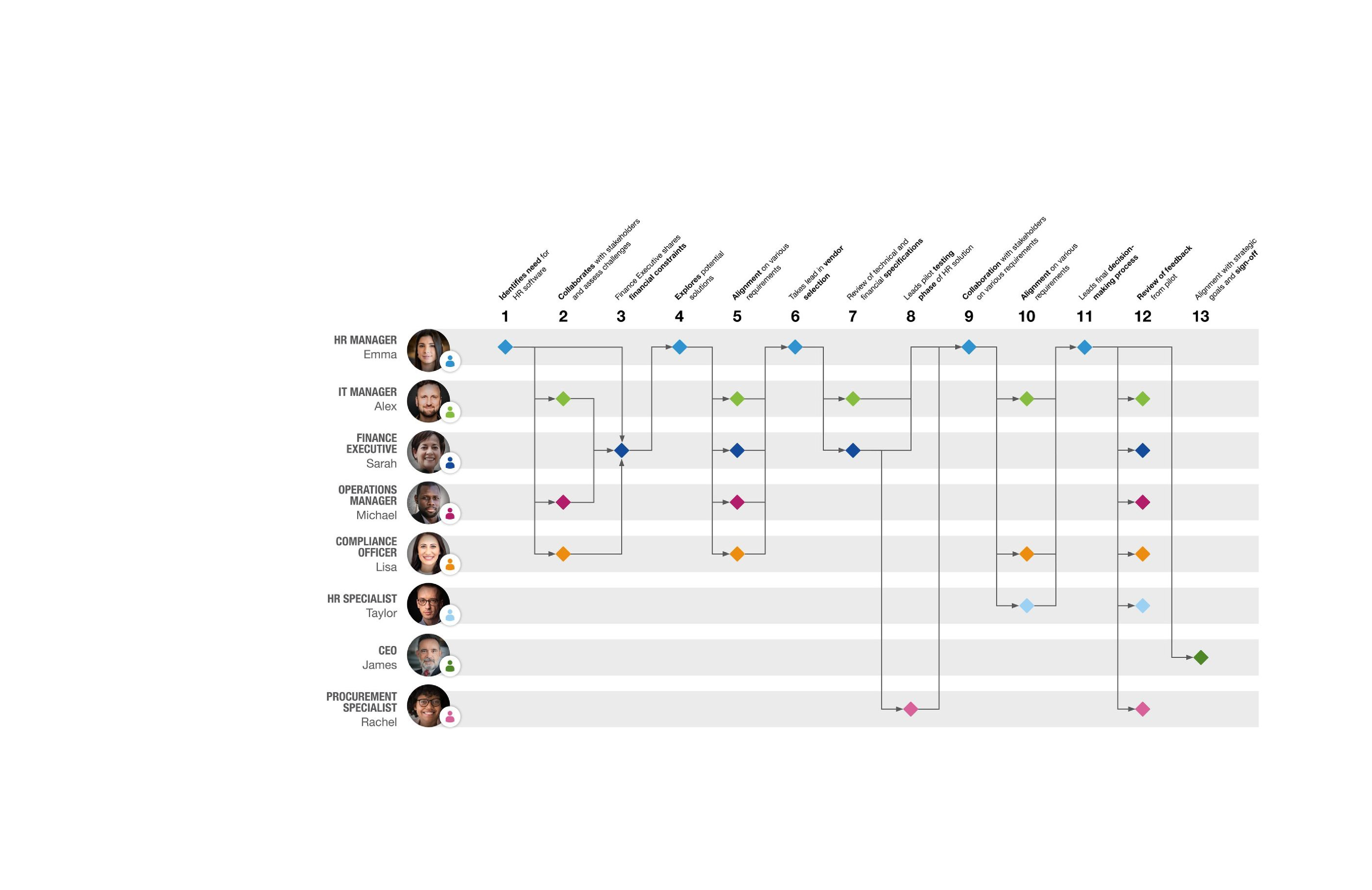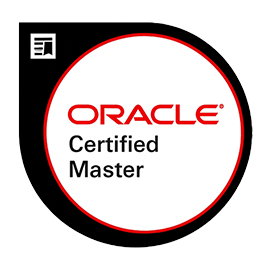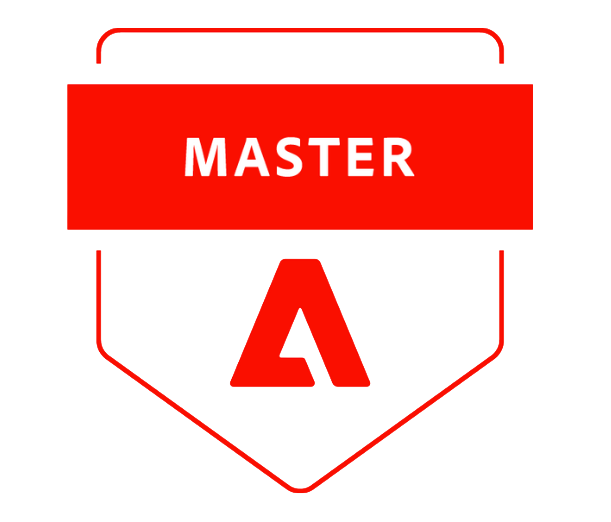Do these sound familiar?
Your Personas Aren’t Working
Demand gen needs buying groups, not profiles
Most persona work was built for other jobs; personas designed for website design, product content, or even sales enablement will not necessarily meet the needs of a demand generation strategist. They’re static, over-general, and centred on titles, not behaviour.
That outdated lens stalls demand gen. Your message may fit one person, but the wider committee stays unmoved—and so does the deal. Opportunities go unseen, spend is wasted, and momentum fades.
LeadFabric replaces static personas with buyer-group insight made for demand generation. Our practitioners map roles, influence, and objectives to real decision makers, surface pains and objections by impact, and align messages and content to each member’s stage - so campaigns reach the whole group and move them together.
You Want to Keep Detail Without Losing Usability
Personas must be actionable, not encyclopedias.
Many providers claim to “research buyer personas,” but usefulness depends on the job. A persona designed for website content or sales enablement won’t meet the needs of a demand-generation strategist.
Specialist researchers go too deep. Exhaustive profiles aren’t read by time-pressed demand marketers – and they still miss critical details like where they get their information from (watering holes). This is because they treat both B2C and B2B personas the same.
If personas and journeys aren’t defined - or your buyer research is outdated - you’re flying on guesswork. Guesswork doesn’t fuel GTM effectiveness; it burns budget and blunts targeting.
LeadFabric helps strike the right balance. We include meta-data that drives engagement strategies - such as buyer watering holes, triggers, objections, buying roles, influence paths - and build insights fit for demand gen. Use it as a foundation for launches or to pragmatically sharpen new programmes and campaigns.
Your Campaigns Don’t Resonate
Without structure and prioritised insight, nothing sticks.
Without structured, prioritised insight for campaign planning, demand gen misses the mark. You can’t influence decisions if you don’t see the group, the roles that matter, and the moments that move them.
When you launch a programme, your audience is scattered across the buying journey. You can’t always start every conversation at step one. You need clear entry points and messaging to influence mid-journey.
Knowing the dynamics between roles is key to focus: who to engage, when to engage them, and how. Without this, you’ll nurture the wrong people at the wrong time, and stall deals that should move.
LeadFabric turns scattered attention into coordinated progress. We model buying-group dynamics, define role-specific entry points, and prioritise messages by stage and influence. The result: programmes that reach real decision-makers, influencers, and ratifiers, at the right time, with the right message, to each member of the buying group.
Your Pipeline Stalls
“Leads” don’t buy - buying groups do. Market to the whole.
It’s no secret that demand campaign effectiveness is dropping. Old playbooks fixate on the idea of a single lead, but it misses the forest for the trees. You need clarity on roles within buying groups along with their needs and preferences.
You should nurture individuals. But if you don’t understand how members influence one another, nurtures stall, messages miss context, and momentum fades before buyers have the confidence decide.
Any engagement initiative launched without accurate, validated buying-group data is guesswork - and guesswork slows conversion.
LeadFabric replaces lead-centric tactics with buyer-group execution. We map roles, influence paths, and entry points; prioritise who matters when; and align messages and content to each member’s stage. The result: programmes that engage decision-makers, influencers, and ratifiers together for faster, more efficient conversion.













